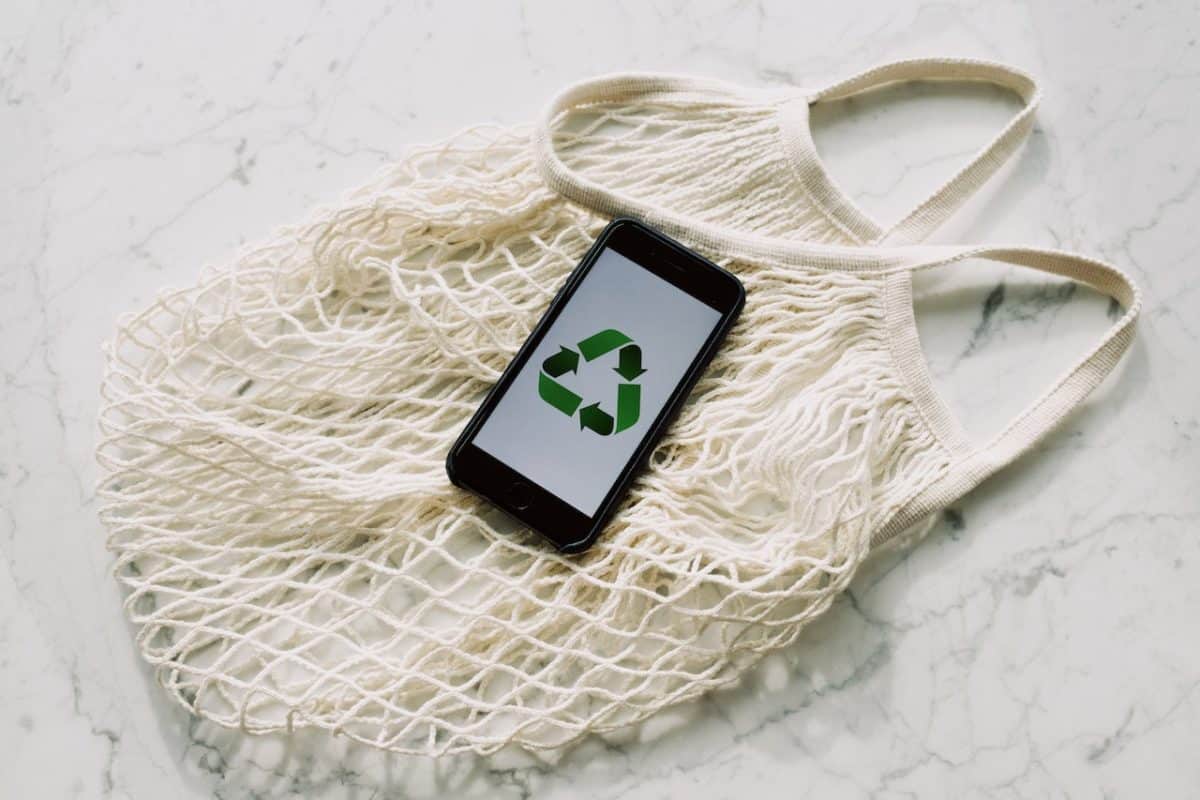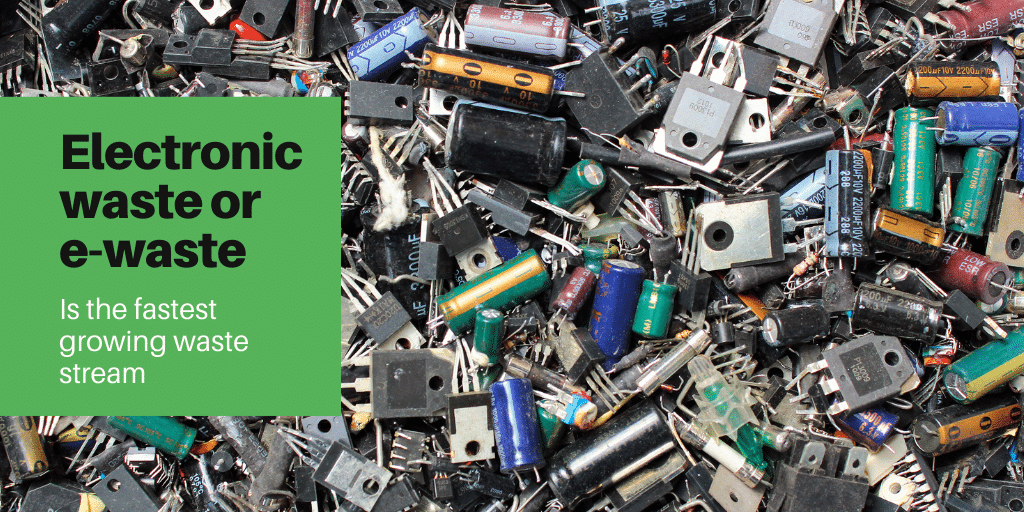How E-Waste Management and Recycling Technology Works

How E-Waste Management and Recycling Technology Works? E-waste management includes different ways of disposing of electronic waste, which can have different effects on people’s health and the environment. Some of these methods are safe and follow high standards, while others are dangerous and can be harmful to both people and the environment.
E-waste is a term used to describe waste that contains electrical or electronic components. This can include items like computers, phones, appliances, and more. E-waste often contains valuable materials like metals and plastics, as well as hazardous materials like lead and mercury. Because of this, e-waste requires special methods for recycling and disposal.
Here is everything you need to know about recycling e-waste.

What Is Green Computing?
Green computing is the practice of using computers and other electronic devices in an environmentally responsible way. This includes using energy-efficient devices, recycling or reusing old devices, and disposing of devices properly.
Green computing can help reduce the amount of e-waste that is produced each year. It can also help reduce the amount of energy that is used to power electronic devices.
Types of E-Waste Recycling Technologies
There are many different types of e-waste recycling technologies. Some of these technologies are designed to recover valuable materials from e-waste, while others are designed to destroy e-waste.
1) Incineration
Incineration is a process of burning e-waste in order to destroy it. This process can recover some of the materials in the e-waste, but it also produces harmful air pollutants.
Incineration is the method of burning down garbage. Due to the variety of substances contained in e-waste, incineration is correlated with a great risk of toxins and toxic substances being produced and dispersed.
2) Detoxification
Detoxification is the process of removing harmful substances from e-waste. This process can be used to remove toxins from e-waste before it is recycled or incinerated. Detoxification can be done using a variety of methods, including chemical, physical, and biological methods.
Some common items that contain critical components are lead glass from CRT panels, refrigerated CFC emissions, light bulbs, and batteries. These materials can be harmful to the environment if not disposed of properly.
4) Incineration
Incineration is a process of burning e-waste in order to reduce its volume. This process can be used to dispose of e-waste that cannot be recycled or reused. Incineration can also be used to generate energy from e-waste.
E-waste incineration is a process where electronic waste is burned in order to be disposed of. However, this method of disposal comes with a great risk of toxins and other harmful substances being produced and dispersed into the environment.
4) Open Burning
Open burning is a process of burning e-waste in an open area, such as a field or landfill. This method of disposal is very dangerous and should be avoided at all costs.
Open fires burn at relatively low temperatures, so more contaminants are emitted from an MSWI plant than from a regulated incineration process.
Conclusion
E-waste recycling is the process of recovering materials from end-of-life electronics and reusing them in new products. It helps to reduce pollution, since recycling e-waste prevents the release of harmful chemicals into the environment.
Atlanta Green Recycling can take any e-waste off of your hands. We offer Atlanta electronic recycling to help you and the environment. Get in touch with us today to learn more.
To get started recycling your old electronics, give us a call at (404) 999-4758 or complete the schedule a pickup form for businesses.